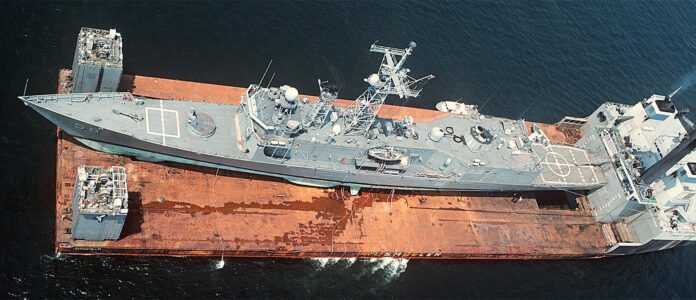By Leonard Picotte and Maurice Gauthier*
The U.S. Navy has a global and enduring mission, and it requires a combat-ready force of capable and survivable ships to accomplish it. These ships provide the naval presence required to keep the waterways of the world safe and open for U.S.and global commerce. (US Naval Institute News.)

